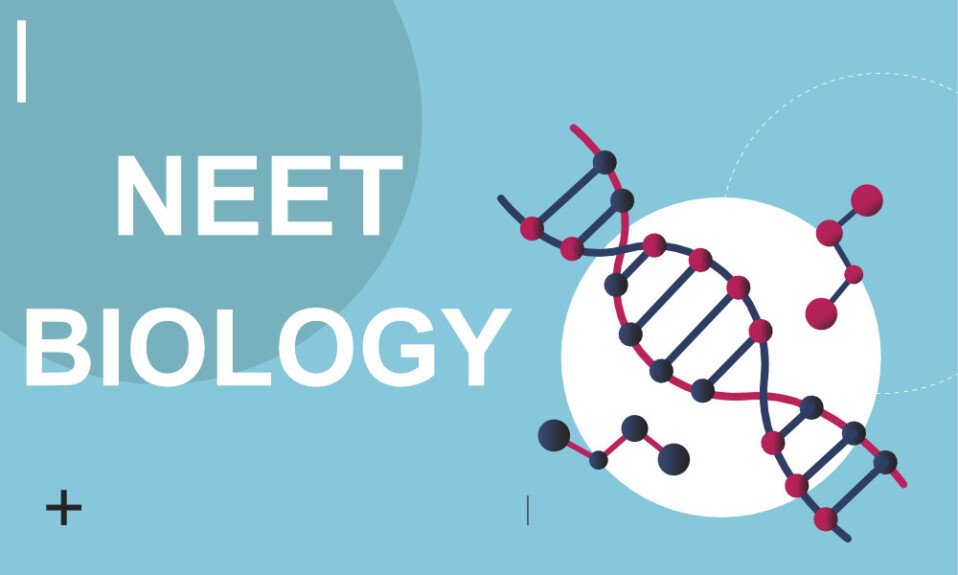1. All proteins contain the
(A) Same 20 amino acids
(B) Different amino acids
(C) 300 Amino acids occurring in nature
(D) Only a few amino acids
Answer:(A) Same 20 amino acids
2. Proteins contain
(A) Only L- α – amino acids
(B) Only D-amino acids
(C) DL-Amino acids
(D) Both (A) and (B)
Answer:(A) Only L- α – amino acids
3. The optically inactive amino acid is
(A) Glycine
(B) Serine
(C) Threonine
(D) Valine
Answer: (A) Glycine
4. At neutral pH, a mixture of amino acids in solution would be predominantly:
(A) Dipolar ions
(B) Nonpolar molecules
(C) Positive and monovalent
(D) Hydrophobic
Answer: (A) Dipolar ions
5. The true statement about solutions of amino acids at physiological pH is
(A) All amino acids contain both positive and negative charges
(B) All amino acids contain positively charged side chains
(C) Some amino acids contain only positive charge
(D) All amino acids contain negatively charged side chains
Answer: (A) All amino acids contain both positive and negative charges
6. pH (isoelectric pH) of alanine is
(A) 6.02
(B) 6.6
(C) 6.8
(D) 7.2
Answer: (A) 6.02
7. Since the pK values for aspartic acid are 2.0, 3.9 and 10.0, it follows that the isoelectric (pH) is
(A) 3.0
(B) 3.9
(C) 5.9
(D) 6.0
Answer: (A) 3.0
8. Sulphur containing amino acid is
(A) Methionine
(B) Leucine
(C) Valine
(D) Asparagine
Answer: (A) Methionine
9. An example of sulphur containing amino acid is
(A) 2-Amino-3-mercaptopropionic acid
(B) 2-Amino-3-methylbutanoic acid
(C) 2-Amino-3-hydroxypropanoic acid
(D) Amino acetic acid
Answer: (A) 2-Amino-3-mercaptopropionic acid
10. All the following are sulphur containing amino acids found in proteins except
(A) Cysteine
(B) Cystine
(C) Methionine
(D) Threonine
Answer: (D) Threonine
11. An aromatic amino acid is
(A) Lysine
(B) Tyrosine
(C) Taurine
(D) Arginine
Answer: (B) Tyrosine
12. The functions of plasma albumin are
(A) Osmosis
(B) Transport
(C) Immunity
(D) both (A )and (B)
Answer: (A) Osmosis
13. Amino acid with side chain containing basic groups is
(A) 2-Amino 5-guanidinovaleric acid
(B) 2-Pyrrolidine carboxylic acid
(C) 2-Amino 3-mercaptopropionic acid
(D) 2-Amino propanoic acid
Answer: (A) 2-Amino 5-guanidinovaleric acid
14. An example of α-amino acid not present in proteins but essential in mammalian metabolism is
(A) 3-Amino 3-hydroxypropanoic acid
(B) 2-Amino 3-hydroxybutanoic acid
(C) 2-Amino 4-mercaptobutanoic acid
(D) 2-Amino 3-mercaptopropionic acid
Answer: (C) 2-Amino 4-mercaptobutanoic acid
15. An essential amino acid in man is
(A) Aspartate
(B) Tyrosine
(C) Methionine
(D) Serine
Answer: (C) Methionine
16. Non essential amino acids
(A) Are not components of tissue proteins
(B) May be synthesized in the body from essential amino acids
(C) Have no role in the metabolism
(D) May be synthesized in the body in diseased states
Answer: (B) May be synthesized in the body from essential amino acids
17. Which one of the following is a semi essential amino acid for humans?
(A) Valine
(B) Arginine
(C) Lysine
(D) Tyrosine
Answer: (B) Arginine
18. An example of polar amino acid is
(A) Alanine
(B) Leucine
(C) Arginine
(D) Valine
Answer: (C) Arginine
19. The amino acid with a nonpolar side chain is
(A) Serine
(B) Valine
(C) Asparagine
(D) Threonine
Answer: (B) Valine
20. A ketogenic amino acid is
(A) Valine
(B) Cysteine
(C) Leucine
(D) Threonine
Answer: (C) Leucine
21. An amino acid that does not form an αhelix is
(A) Valine
(B) Proline
(C) Tyrosine
(D) Tryptophan
Answer: (B) Proline
22. An amino acid not found in proteins is
(A) β-Alanine
(B) Proline
(C) Lysine
(D) Histidine
Answer: (A) β-Alanine
23. In mammalian tissues serine can be a biosynthetic precursor of
(A) Methionine
(B) Glycine
(C) Tryptophan
(D) Phenylalanine
Answer: (B) Glycin
24. A vasodilating compound is produced by the decarboxylation of the amino acid:
(A) Arginine
(B) Aspartic acid
(C) Glutamine
(D) Histidine
Answer: (D) Histidine
25. Biuret reaction is specific for
(A) –CONH-linkages
(B) –CSNH2 group
(C) –(NH)NH2 group
(D) All of these
Answer: (A) –CONH-linkages
26. Sakaguchi’s reaction is specific for
(A) Tyrosine
(B) Proline
(C) Arginine
(D) Cysteine
Answer: (C) Arginine
27. Millon-Nasse’s reaction is specific for the amino acid:
(A) Tryptophan
(B) Tyrosine
(C) Phenylalanine
(D) Arginine
Answer: (B) Tyrosine
28. Ninhydrin with evolution of CO2 forms a blue complex with
(A) Peptide bond
(B) α-Amino acids
(C) Serotonin
(D) Histamine
Answer: (B) α-Amino acids
29. The most of the ultraviolet absorption of proteins above 240 nm is due to their content of
(A) Tryptophan
(B) Aspartate
(C) Glutamate
(D) Alanine
Answer: (A) Tryptophan
30. Which of the following is a dipeptide?
(A) Anserine
(B) Glutathione
(C) Glucagon
(D) β -Lipoprotein
Answer: (A) Anserine



